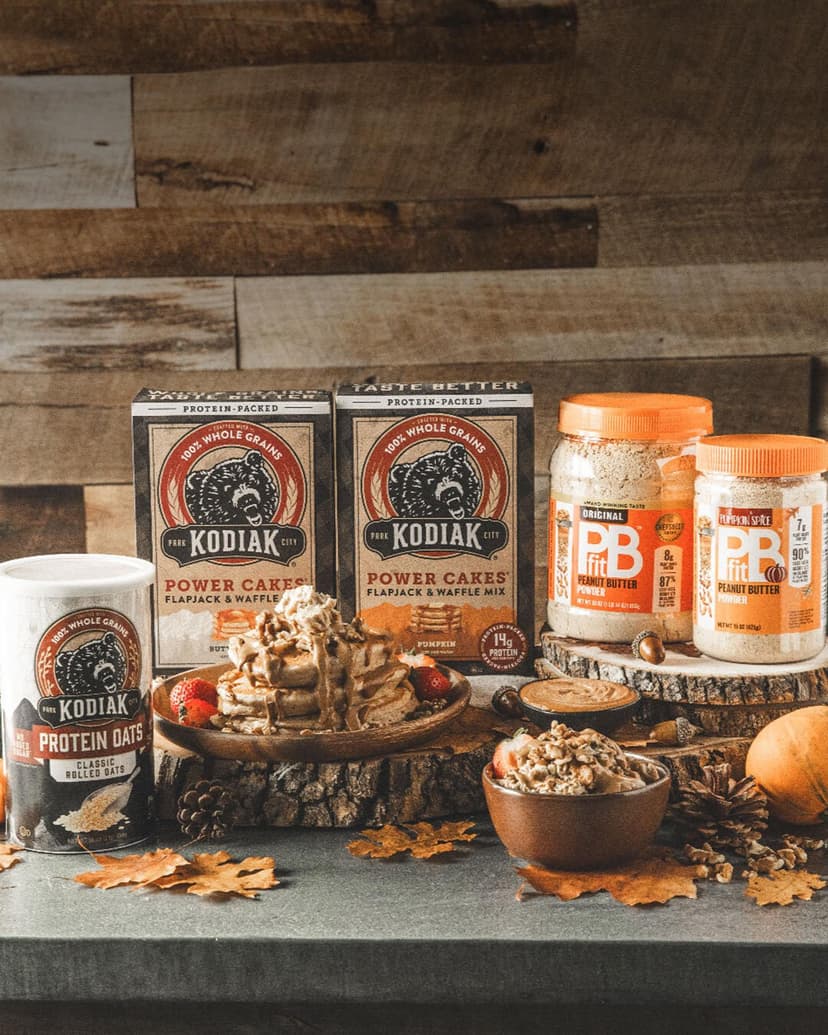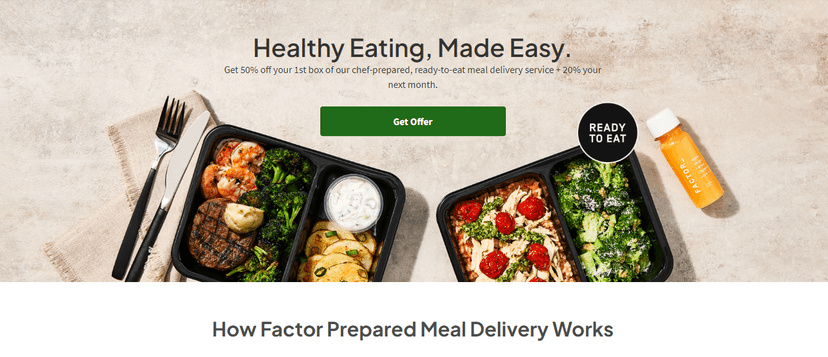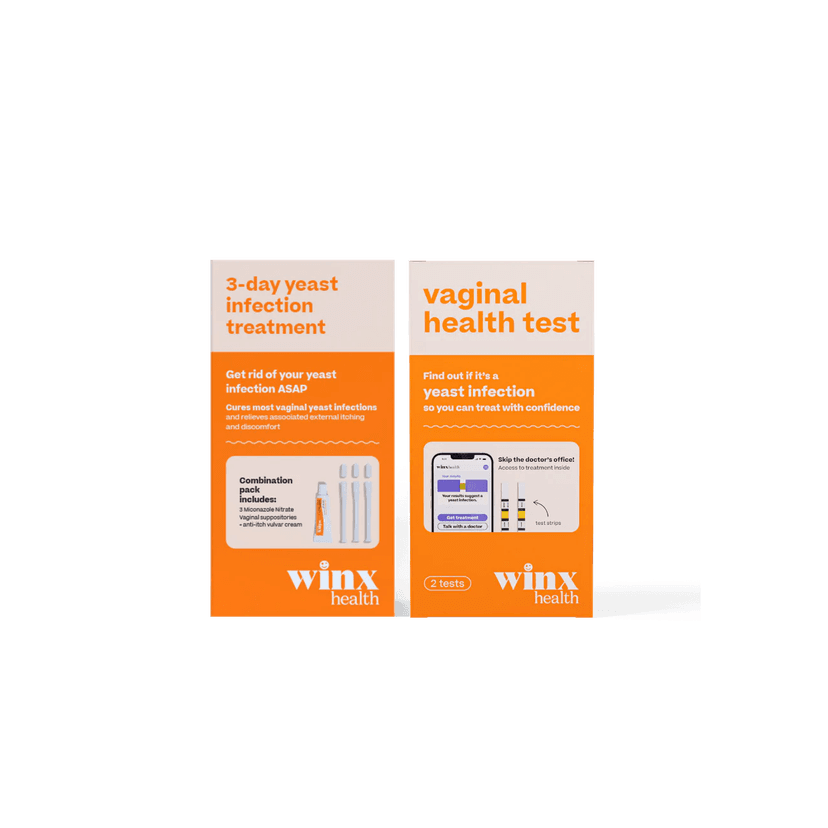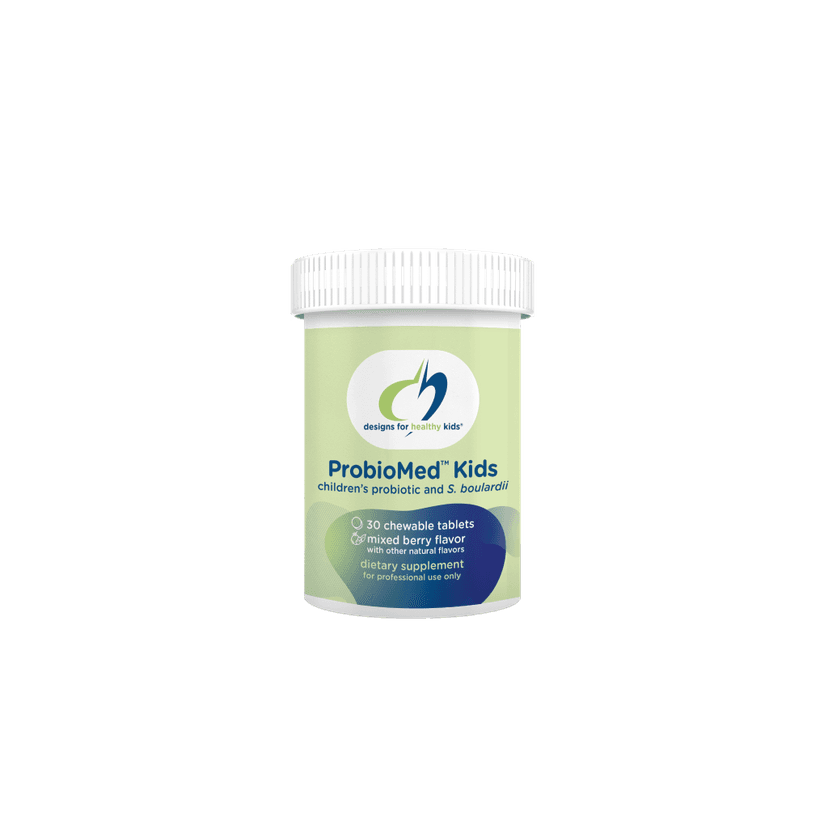Eating healthy doesn't have to break the bank. With a few smart strategies, you can enjoy nutritious meals without spending too much. This article will show you how to plan your meals, shop wisely, and make the most of your food to save money and eat well.
Key Takeaways
- Plan your meals ahead of time to avoid impulse buys and stick to your budget.
- Use leftovers creatively to get more meals out of your groceries.
- Buy in bulk and choose store brands to save money on your grocery bill.
- Opt for seasonal produce and cheaper cuts of meat to keep costs down.
- Practice mindful eating and portion control to make your food last longer.
Smart Meal Planning for Budget-Friendly Eating
Creating a Weekly Menu
Planning your meals for the week can save you both time and money. By knowing what you'll eat each day, you can avoid last-minute takeout orders. Start by picking two to four meals that include different proteins, grains, and vegetables. Decide which day you'll cook each meal and stick to it. This way, you can also plan for leftovers and avoid food waste.
Utilizing Leftovers Effectively
Leftovers can be a lifesaver when you're on a budget. Instead of letting them go to waste, incorporate them into your meal plan. For example, leftover chicken can be used in salads, sandwiches, or soups. Get creative and think of new ways to use what you already have.
Batch Cooking and Freezing
Batch cooking is another great way to save money and time. Cook large portions of your favorite meals and freeze them in individual servings. This not only ensures you have a quick meal ready but also helps you avoid the temptation of ordering out. Plus, buying ingredients in bulk for batch cooking can be more cost-effective.
Shopping Strategies to Save Money
Making a Grocery List and Sticking to It
Creating a grocery list before heading to the store can help you avoid impulse buys and stick to your budget. Plan your meals for the week and list only the ingredients you need. This way, you won't be tempted to buy unnecessary items. Also, try not to shop when you're hungry, as this can lead to buying more than you need.
Buying in Bulk
Purchasing items in bulk can save you money in the long run. Consider joining a wholesale club like Costco or Sam's Club, especially for non-perishable items. Bulk buying is particularly useful for pantry staples like rice, pasta, and canned goods. Just make sure you have enough storage space at home.
Choosing Store Brands Over Name Brands
Store brands often offer the same quality as name brands but at a lower price. Compare the ingredients and nutritional information to ensure you're getting a good deal. Opting for store brands can significantly reduce your grocery bill without compromising on quality.
By following these shopping strategies, you can make the most of your budget while still enjoying nutritious and delicious meals.
Affordable and Nutritious Food Choices
Opting for Seasonal Produce
Choosing fruits and vegetables that are in season can save you a lot of money. Seasonal produce is often cheaper and fresher. It also tends to be more nutritious. Check your local farmers' market or grocery store for the best deals.
Incorporating Plant-Based Proteins
Plant-based proteins like beans, lentils, and tofu are not only affordable but also packed with nutrients. They can be used in a variety of dishes, from soups to salads. Here are some budget-friendly plant-based proteins:
- Beans
- Lentils
- Chickpeas
- Tofu
- Tempeh
Exploring Cheaper Cuts of Meat
Cheaper cuts of meat, such as chicken thighs or beef chuck, can be just as delicious as more expensive options. Slow cooking these cuts can make them tender and flavorful. Consider these options:
- Chicken thighs
- Beef chuck
- Pork shoulder
- Ground turkey
By choosing affordable and nutritious food options, you can eat well without breaking the bank.
Cooking Techniques to Maximize Savings
Using a Slow Cooker or Instant Pot
Slow cookers and Instant Pots are great for making budget-friendly meals. They allow you to cook large portions at once, which can be used for multiple meals. This saves both time and money. These appliances are also energy-efficient, which can help lower your utility bills.
Preparing One-Pot Meals
One-pot meals are simple to make and require fewer ingredients. This means less money spent on groceries. Plus, you’ll have fewer dishes to wash, saving you time. Examples of one-pot meals include soups, stews, and casseroles.
Making Your Own Snacks and Treats
Store-bought snacks can be expensive. Making your own snacks at home is a cost-effective alternative. You can make a variety of snacks, such as granola bars, trail mix, and fruit chips. This not only saves money but also allows you to control the ingredients, making healthier choices.
Cooking at home using these techniques can significantly reduce your food expenses while ensuring you eat healthy, delicious meals.
Reducing Food Waste to Stretch Your Budget
Proper Food Storage Tips
Storing food the right way can make it last longer and keep it fresh. Use airtight containers for dry goods and resealable bags for produce. Label and date your leftovers so you know when to use them. Keep your fridge at the right temperature to prevent spoilage.
Creative Ways to Use Leftovers
Leftovers don't have to be boring. Turn them into new meals by adding different spices or ingredients. For example, leftover chicken can be used in salads, sandwiches, or soups. You can also freeze leftovers for a quick meal later on.
Composting and Recycling
Instead of throwing away food scraps, consider composting them. Composting turns food waste into nutrient-rich soil for your garden. Recycling packaging materials like cans and bottles also helps reduce waste. Both practices are good for your wallet and the planet.
Reducing food waste is not only good for your budget but also helps the environment. By being mindful of how you store, use, and dispose of food, you can make a big difference.
Healthy Eating Habits on a Budget
Mindful Eating Practices
Mindful eating means paying close attention to what and how you eat. This practice can help you enjoy your meals more and avoid overeating. Take your time to chew thoroughly and savor each bite. This not only aids digestion but also helps you feel full and satisfied with less food.
Portion Control
Controlling portion sizes is a simple yet effective way to manage your food budget. Use smaller plates to help regulate the amount of food you consume. You can also measure out servings to avoid overeating. Here are some tips for portion control:
- Use smaller plates and bowls
- Measure out servings with measuring cups
- Avoid eating straight from the package
Balancing Nutrients Without Overspending
Eating a balanced diet doesn't have to be expensive. Focus on including a variety of foods from all food groups. Here are some budget-friendly tips to balance nutrients:
- Choose whole grains like brown rice and oats
- Opt for seasonal fruits and vegetables
- Include plant-based proteins like beans and lentils
By making mindful choices and controlling portions, you can enjoy a nutritious diet without breaking the bank.
Conclusion
Eating healthy on a budget is not only possible but also rewarding. By planning your meals, shopping smart, and making wise food choices, you can enjoy nutritious and delicious meals without breaking the bank. Remember, small changes like buying in bulk, choosing store brands, and embracing frozen fruits and vegetables can make a big difference. With these tips and tricks, you can maintain a healthy diet and keep your wallet happy. Start today and see how easy and affordable healthy eating can be!
Frequently Asked Questions
How can I plan meals without spending too much?
Planning meals on a budget starts with making a weekly menu. Focus on recipes that use similar ingredients to save money and reduce waste.
What are some tips for grocery shopping on a budget?
Make a list before you go to the store and stick to it. Buy in bulk when possible and choose store brands over name brands to save money.
How can I eat healthy with less meat?
Try using plant-based proteins like beans and lentils. They are cheaper and can be just as filling and nutritious as meat.
What are some ways to use leftovers?
Get creative with leftovers by adding them to new dishes. For example, use leftover chicken in a salad or stir-fry, or make a soup with leftover veggies.
How do I store food to make it last longer?
Store food properly by keeping fruits and vegetables in the fridge and using airtight containers for dry goods. Freezing items can also extend their shelf life.
What are some affordable healthy snacks?
Make your own snacks like popcorn, yogurt with fruit, or veggie sticks with hummus. These are healthier and often cheaper than pre-packaged snacks.
























